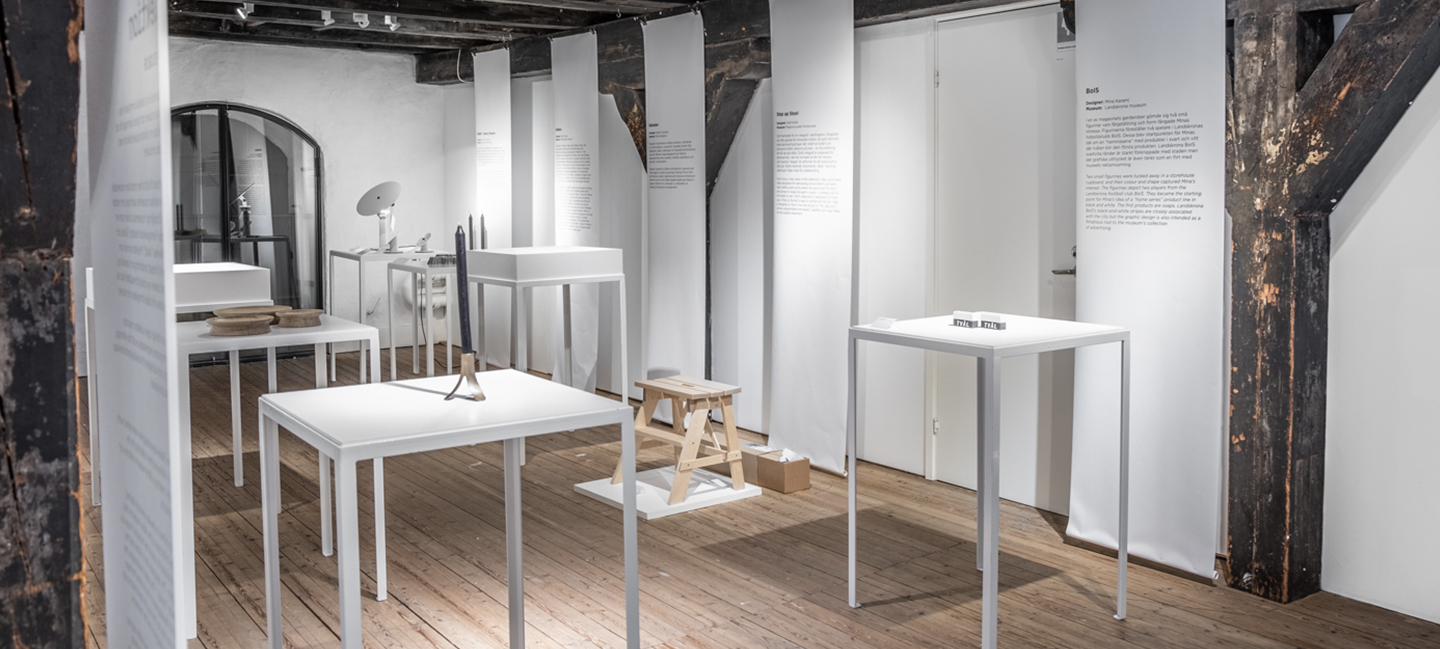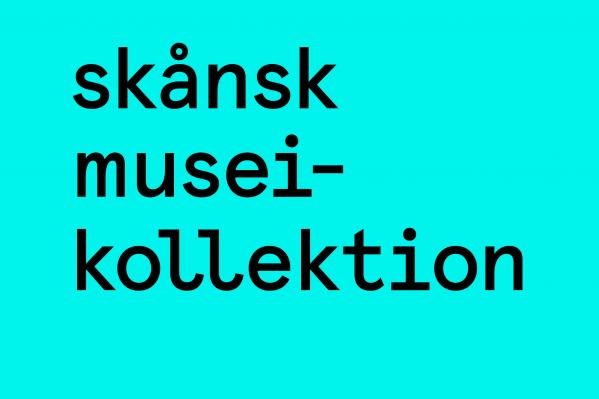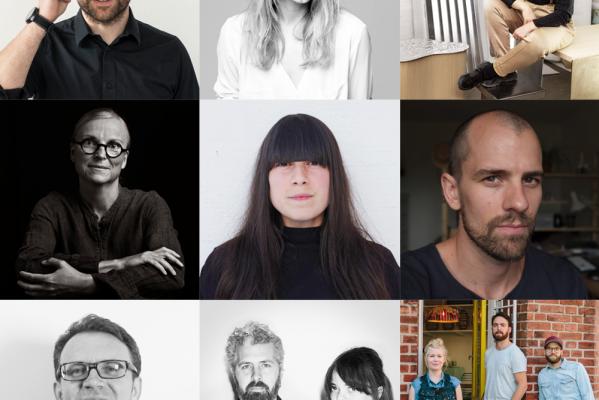The collaboration aimed to develop products inspired by objects in the collections of the Skåne museums that would then be available for sale in the museums’ shops as a unified collection. The designers live in Skåne and the products are made “locally”. The project encourages the continued use and development of our cultural heritage but its intention was also for the result to be economically significant for both the designers and the museums.
The result is a delightfully imaginative and wide-ranging collection. The designers were inspired by everything from folk art and Skåne’s architecture and vegetation to individual artistry and the creative process.
The Collection
Product: Skåneter
Designer: Nestor Campos
Museum: Glimmingehus
Magnets inspired by Skåne’s architecture in general and Glimmingehus Castle in particular. Abstract forms from roof features, pillars, balconies and classical architectural elements such as the Skåne stepped gable give Nestor’s magnet collection its character: a combination of simplicity, abstraction and geometry.
Product: Fredriksdals äng
Designer: Lotta Olsson
Museum: Helsingborgs museer / Helsingborg Museums
Sand pink, mountain arnica, rock jasmine, maiden pink, common rock-rose, field cow-wheat, ragged robin, dropwort, field scabious, brown knapweed, greater yellow-rattle, saw-wort, honesty and bird-in-a-bush. Fredriksdal’s protected plants and the meadows of Skåne, combined with charming woollen embroidered works from the museum’s collection, wild plants, vegetables and apples, form the inspiration for Lotta’s imaginative patterns, which can be applied to a range of different products such as posters, cards, napkins, cloth bags etc.
Product: INGER - Optical Illusions
Designer: Jenny Nordberg
Museum: Ystads konstmuseum / Ystad Art Museum
Two optical “rainbow makers”, one solar powered and one electric powered. Inspiration in the form of an artist’s cupboard from the collection of Ystad Art Museum. Inger Ekdahl (1922–2014) was something of a pioneer in the mid-20th century and worked, like Jenny Nordberg, both very strictly and by chance. Inger’s later works appear as optical illusions and have prismatic effects.
Product: Kulturen pedestal plate
Designer: Kristina Stark
Museum: Kulturen
A modern version of a classic Skåne pedestal plate / cake stand. The function is the same – to enhance something we value highly – things that are good to eat or are indispensable everyday objects. In the old days, folk art’s fine craftsmanship, with its turned and decorated details, added to its owner’s status. Today we place high value on authentic and natural materials. Wood creates a warm, soft feeling, and Kristina strives to work the material as little as possible in order to retain as much of the genuine feeling as possible while at the same time aiming to create a contemporary design expression.
Product: BoIS
Designer: Mina Karami
Museum: Landskrona museum
Two small figurines were tucked away in a storehouse cupboard, and their colour and shape captured Mina’s interest. The figurines depict two players from the Landskrona football club BoIS. They became the starting point for Mina’s idea of a “home series” product line in black and white. The first products are soaps. Landskrona BoIS’s black-and-white stripes are closely associated with the city but the graphic design is also intended as a flirtatious nod to the museum’s collection of advertising.
Product: Bananas
Designer: Gustav Carlberg
Museum: Malmö Museer / Malmö Museums
A bunch of plastic bananas at the technology museum became the somewhat unexpected source of inspiration for Gustav’s product – rather than an object from the museum’s regular collection of utility objects, stuffed animals and halberds. The bananas served as the purely visual inspiration for the candleholders’ design idiom – the idea that candleholders can be produced in many different colours and patterns – of which one, naturally, is a banana version. The product is intended to convey a humorous impression while it can also simultaneously be experienced as restrained and austere. (A curious fact: with the exception of the countries where bananas are grown, Swedes eat more bananas than anyone else in the world.)
Product: Step up Stool
Designer: Olof Kolte
Museum: Regionmuseet Kristianstad / The Regional Museum of Kristianstad
Olof chose a step stool in the collections. Step stools were often designed for demanding environments and were well crafted, with joints where the wood took the strain and screws to keep the parts in place – a prerequisite for the stools to last. Olof’s step stool is designed for home use in that its format is easy to handle and the top “step” is designed so that it can also be sat on. The step stool comes unassembled and boxed, together with soap flakes for the surface treatment.
Produkt: Ockra Collection
Formgivare: Andréason & Leibel
Museum: Skissernas Museum / Museum of Artistic Process and Public Art
A tribute to intuitive sketches and creative ideas. Andréason & Leibel were inspired by the museum’s collection of sketches, ideas and concepts, and wanted their own sketching material to enable people to take home in physical form the creative kick they experience at the museum. By combining kaolin clay with pulverised graphite or pigment, they have produced drawing tools whose hardness is governed by the amount of clay versus pigment. Ochre, raw or burnt sienna, green verditer and umber are classic earth pigments that have been used to produce colours since the dawn of time. The design – or rather designs – of the crayons reflect the museum’s diversity.
Produkt: Endless
Formgivare: Stoft studio
Museum: Trelleborgs Museum
The candleholder “Endless” traces its roots back in history, as its inspiration is drawn from a braided pattern that recurs over and over throughout history – from the Viking Age to folk art objects. The braid shows the similarities that exist between the crafts of yesterday and those of today, but also the differences. The braid can also be seen as symbolising paths that never end, that challenge the image of our history as a straight timeline. With its candleholder, Stoft wants to capture the pleasure involved in the creative process of folk art and also to design the classic braid for a new audience. The candleholder functions as a decoration for the table – similar to how a runestone’s interwoven pattern or folk art designs were used to decorate our most revered objects.
Skånsk museikollektion is a pilot project between Form/Design Center, Malmö Museums with nine designers and nine museums in Skåne.


